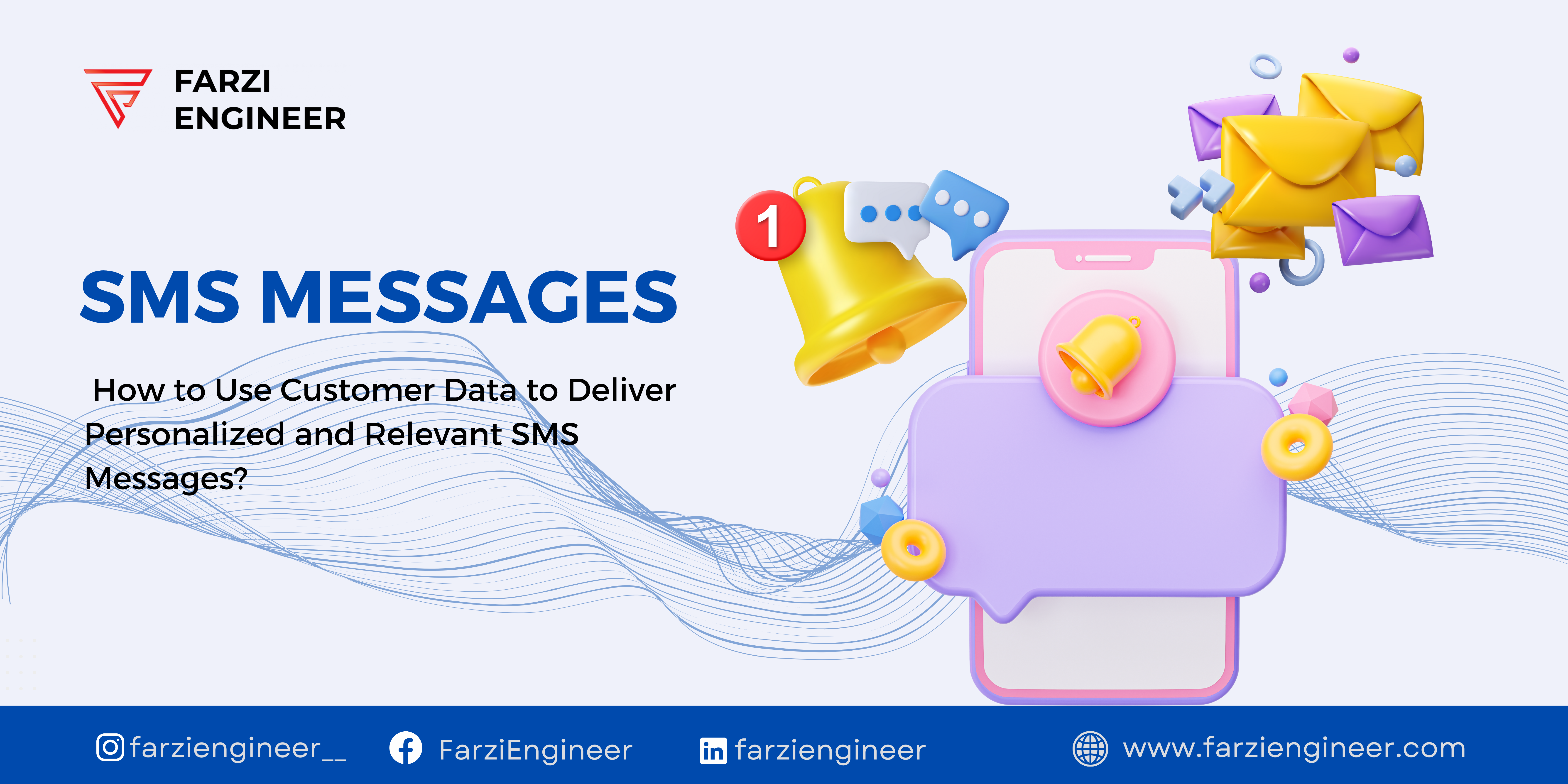Customer retention is a vital aspect of building a successful skin care brand. In a competitive market, retaining loyal customers is crucial for long-term profitability and growth. In this blog post, we will explore nine proven strategies for customer retention in skin care brands. By implementing these strategies effectively, you can build loyalty, foster customer engagement, and drive repeat purchases.
Exceptional Product Quality
The foundation of customer retention lies in offering exceptional product quality. Skin care brands must deliver on their promises and provide products that yield visible results. Effective formulations, premium ingredients, and rigorous testing are crucial to ensure customer satisfaction. By consistently providing high-quality products, you can establish trust and loyalty among your customer base.
High-quality skin care products are the foundation of customer satisfaction and loyalty. Customers expect products that deliver on their promises and provide visible results for their skin concerns.
Invest in research and development to create effective formulations using quality ingredients. Conduct rigorous testing to ensure the safety and efficacy of your products. Monitor customer feedback and continuously improve your formulations based on their needs and preferences.
Personalized Recommendations
Personalization is a powerful tool for customer retention. By offering personalized recommendations, you show customers that you understand their unique skin care needs. Implementing quizzes, questionnaires, or online tools to gather customer data allows you to suggest tailored solutions. By providing personalized recommendations, you enhance the customer experience, increase satisfaction, and drive repeat purchases.
Reward Loyalty
Implementing a loyalty program is an effective strategy for retaining customers. Loyalty programs offer incentives, rewards, and exclusive promotions to customers who repeatedly engage with your brand. By acknowledging and appreciating their loyalty, you strengthen the emotional connection between customers and your brand. Discounts, free samples, and early access to new product launches are some examples of rewards that can encourage customer retention.
Effective Customer Service
Exceptional customer service is a cornerstone of customer retention. Promptly addressing customer inquiries, providing helpful guidance, and resolving concerns demonstrate that you value your customers. Well-trained customer service representatives, multiple communication channels, and professionalism are essential elements of effective customer service. By delivering outstanding customer service experiences, you build trust, loyalty, and positive word-of-mouth recommendations.
Educational Content
Educational content plays a crucial role in customer retention. By providing informative and engaging content, you position your brand as an authority in the skin care industry. This content educates customers about skin care routines, ingredient benefits, and trends. Sharing valuable information through blog posts, video tutorials, and social media platforms helps customers make informed decisions, strengthens brand loyalty, and fosters a sense of community.
Follow-up Communication
Regular communication with customers is key to maintaining engagement and retention. Implementing email newsletters, social media updates, and personalized messages helps you stay top-of-mind. Share helpful tips, new product information, and exclusive offers to keep customers engaged. Automation tools can be leveraged to scale follow-up communication as your customer base grows, ensuring consistent and timely interactions.
as your customer base grows, managing follow-up communication manually can become challenging. However, there are automation strategies that can help you scale up and streamline your follow-up communication efforts. Here’s an explanation of how to automate follow-up communication effectively:
Email Marketing Automation:
Utilize an email marketing platform that offers automation capabilities. This allows you to set up automated email sequences based on triggers or customer actions. For example:
Welcome Series: Set up a series of automated emails to welcome new customers, introduce your brand, and provide relevant information about your products.
Abandoned Cart Emails: Send automated reminders to customers who added products to their cart but didn’t complete the purchase, offering incentives or discounts to encourage them to return and complete their order.
Post-Purchase Follow-ups: Automate emails to be sent after a customer makes a purchase, thanking them for their order, requesting product reviews, and offering relevant cross-sell or upsell suggestions.
Personalization and Segmentation:
Segment your customer base based on factors such as purchase history, demographics, or engagement level. This allows you to tailor your follow-up communication more effectively. Use personalized variables in your automated emails, such as addressing customers by name or recommending products based on their previous purchases.
Trigger-Based Messaging:
Set up automated triggers based on specific customer actions or behaviors. For example:
Replenishment Reminders: Send automated reminders when it’s time for customers to repurchase products they previously bought.
Birthday or Anniversary Emails: Automatically send personalized birthday greetings or anniversary messages, along with special offers or discounts.
Reactivation Campaigns: Identify inactive customers and set up automated campaigns to re-engage them with personalized offers or content.
Social Media Automation:
Utilize social media management tools to schedule and automate your posts on platforms like Instagram, Facebook, or Twitter. Plan your content in advance, create a content calendar, and use scheduling features to ensure consistent and timely communication with your audience.
Chatbots and Live Chat:
Implement chatbot technology on your website or use live chat platforms to automate customer interactions and provide instant support. Chatbots can answer frequently asked questions, provide product recommendations, or guide customers through the purchasing process.
Customer Relationship Management (CRM) Software:
Invest in a CRM system that allows you to manage and track customer interactions, preferences, and purchase history. This helps you automate follow-up communication and provides valuable insights for targeted marketing campaigns.
Remember, while automation is efficient, it’s essential to maintain a balance between automation and personalization. Ensure that your automated messages still feel human and authentic, and regularly review and update your automated workflows to align with evolving customer needs and preferences.
By implementing these automation strategies, you can efficiently manage follow-up communication as your customer base grows, saving time and resources while maintaining a personalized and engaging customer experience.
Social Proof and Reviews
Social proof and reviews are powerful tools for customer retention. Encouraging satisfied customers to leave reviews and testimonials helps build trust and credibility for your brand. Displaying these reviews on your website or social media platforms provides social validation and influences potential customers. By actively engaging with reviews and addressing customer feedback, you demonstrate your commitment to customer satisfaction.
Sampling and Trial Offers
Sampling and trial offers are effective ways to introduce potential customers to your products. Offering free samples, trial kits, or collaborating with subscription box services allows customers to experience the quality and effectiveness of your skin care products. By reducing the barrier to entry, you increase the likelihood of product trial, customer conversion, and long-term retention.
Sampling and trial offers are effective strategies to introduce potential customers to your skin care products, allowing them to experience the quality and effectiveness firsthand. Here’s an expanded explanation of sampling and trial offers, along with examples from the industry:
Why Sampling and Trial Offers:
Sampling and trial offers serve as a low-risk opportunity for customers to try your products before committing to a full-size purchase. They help build trust, increase product trial rates, and can lead to future sales and customer loyalty.
Types of Sampling and Trial Offers:
a) Free Samples: Provide small sample sizes of your products as complimentary additions to customers’ orders or as standalone promotions. These samples allow customers to test the texture, scent, and performance of your products.
Example: A skin care brand may include a deluxe sample of their new moisturizer with every online purchase, encouraging customers to try it and potentially purchase the full-size version in the future.
b) Trial Kits or Travel Sets: Bundle a selection of your products in travel-friendly sizes to create trial kits or travel sets. These kits can include a cleanser, moisturizer, and serum, allowing customers to experience a complete skin care routine.
Example: A skin care brand may offer a “Discover Kit” that includes mini versions of their cleanser, toner, and moisturizer, providing customers with a comprehensive introduction to their product range.
c) Subscription Boxes: Collaborate with subscription box services that curate and deliver a variety of beauty and skin care products to customers on a monthly or quarterly basis. This allows your products to reach a wider audience and creates a sense of excitement and anticipation.
Example: A skin care brand may partner with a subscription box service to feature a deluxe sample or a full-size product in their monthly box, exposing their brand to a large subscriber base.
Customization and Personalization:
Consider offering sampling programs that are tailored to customers’ specific needs and preferences. This can be done by allowing customers to choose their samples or by offering samples based on a personalized skin care quiz they complete.
Example: A skin care brand may provide an online quiz that assesses customers’ skin type and concerns. Based on the results, customers receive a curated set of samples that address their specific needs, increasing the likelihood of product satisfaction.
Collecting Feedback:
After customers try your samples or trial products, encourage them to provide feedback. This can be done through follow-up emails, surveys, or a dedicated feedback section on your website. Gathering customer insights and opinions helps you understand their preferences and improve your products.
Example: A skin care brand may send a follow-up email to customers who received samples, asking them to share their thoughts and opinions on the products they tried. This feedback can be valuable for product development and marketing purposes.
Remember to include clear instructions on how to use the samples and trial products, and consider including a special offer or discount for customers who decide to purchase the full-size versions of the products they sampled.
Some successful examples of sampling programs in the skin care industry include Sephora’s Beauty Insider program, which offers free samples with online purchases, and Birchbox, a subscription box service that includes a variety of skin care samples from different brands in their monthly boxes.
By implementing well-executed sampling and trial offers, you can effectively introduce your skin care brand to potential customers, create positive experiences, and encourage future purchases and customer loyalty.
Surprise and Delight
Surprising customers with unexpected perks or gifts fosters an emotional connection and deepens loyalty. Handwritten thank-you notes, exclusive discounts, or special gifts on birthdays are examples of ways to surprise
Here are some strategies to surprise and delight your customers:
Handwritten Notes:
Include a personalized handwritten note in the customer’s order, expressing your gratitude and appreciation for their support. This personal touch goes a long way in making customers feel valued and special.
Unexpected Gifts:
Surprise customers with unexpected gifts or samples in their orders. It could be a deluxe-sized sample of a new product or a complementary accessory that complements their purchase. This unexpected gesture creates a positive impression and encourages customer loyalty.
Exclusive Sneak Peeks:
Provide exclusive sneak peeks of upcoming product launches or special editions to your loyal customers. This makes them feel like insiders and gives them a sense of exclusivity, enhancing their connection with your brand.
Birthday Surprises:
Send personalized birthday wishes to your customers and offer them a special discount, free gift, or exclusive promotion to celebrate their special day. This makes customers feel appreciated and valued on their birthday.
Limited-time Offers:
Surprise customers with limited-time offers or flash sales exclusive to them. This creates a sense of urgency and encourages them to take advantage of the special deal, fostering a feeling of exclusivity.
Unexpected Rewards:
Implement a surprise rewards program where customers can earn additional perks or discounts based on their engagement or loyalty. Surprise customers with unexpected rewards when they least expect it, creating excitement and incentivizing repeat purchases.
VIP Events or Experiences:
Organize exclusive events, workshops, or virtual sessions for your loyal customers. This could include access to expert advice, beauty consultations, or early access to new product launches. VIP experiences make customers feel valued and deepen their connection with your brand.
Unexpected Upgrades:
Surprise customers with unexpected product upgrades or complimentary samples with their purchase. This exceeds their expectations and gives them the opportunity to try new products, increasing their satisfaction and encouraging repeat purchases.
Remember, the key to surprising and delighting customers is to go beyond their expectations and create memorable experiences. Tailor your surprises to align with your brand values and the preferences of your target audience, ensuring that they feel genuinely appreciated and valued.
In conclusion, by implementing these proven strategies, skin care brands can foster customer loyalty, enhance engagement, and drive repeat purchases. Exceptional product quality, personalized recommendations, rewards, and excellent customer service all contribute to building lasting relationships. Embrace these strategies to thrive in the competitive skin care industry.





